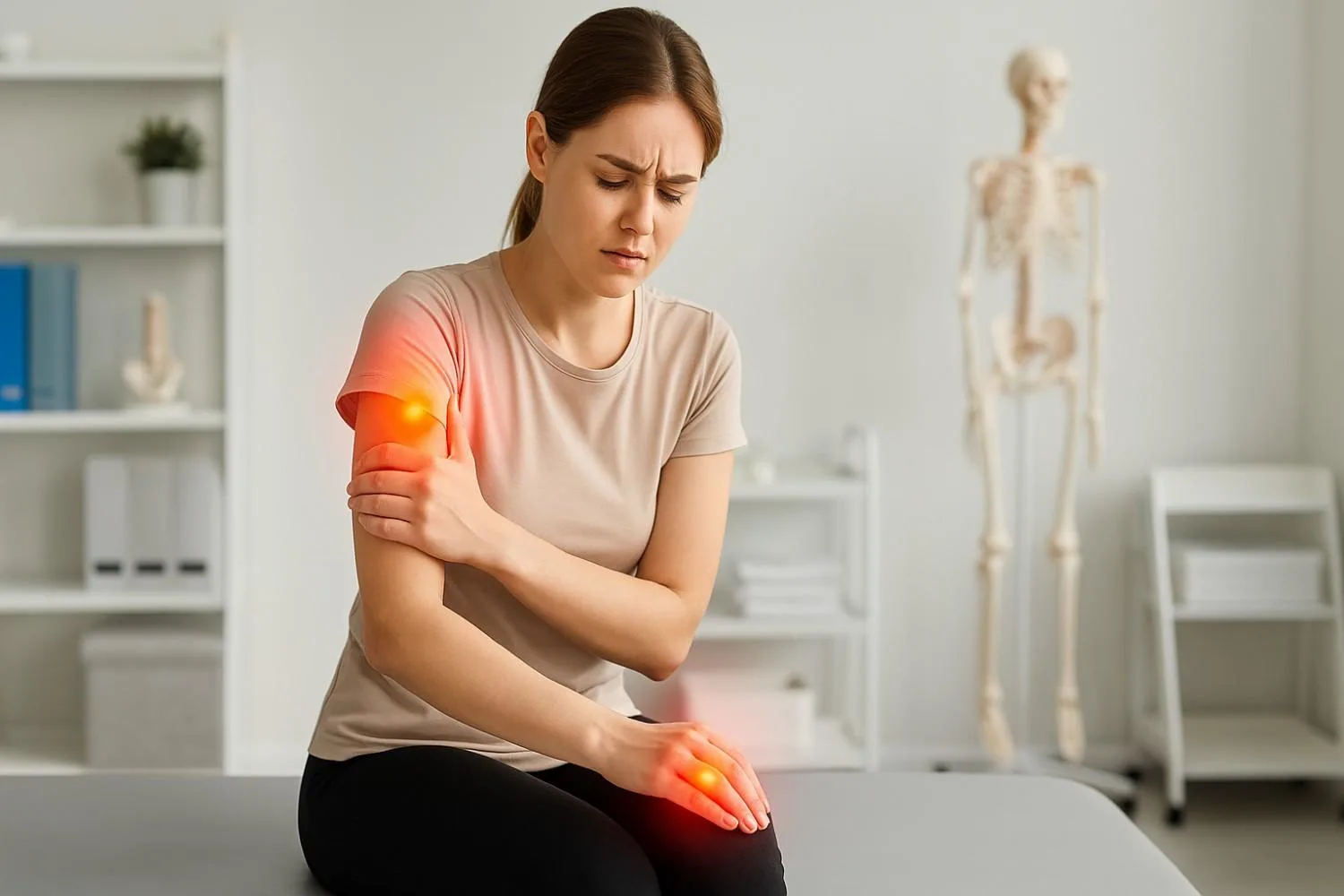
Frequently Asked Questions
Rest, ice, and anti-inflammatory treatment help reduce swelling quickly. Physiotherapy ensures long-term recovery.
Yes, mild cases often heal with rest and self-care within 2–3 weeks.
Shoulder, elbow, hip, and knee bursitis are the most frequent.
Usually not, but if untreated, it can lead to chronic pain or infection.
Avoid repetitive motions, use joint padding, and strengthen supporting muscles through regular physiotherapy exercises.
Repetitive stress or overuse of a joint is the leading cause.
The shoulder, elbow, hip, and knee joints are most vulnerable.
Yes, minor cases may resolve naturally, but persistent pain should be evaluated.
Usually 2–6 weeks, depending on the severity and adherence to treatment
No. Arthritis affects the joint itself, while bursitis affects the cushioning bursa around it.
Pain, tenderness, and swelling around a joint after repetitive activity.
With proper treatment and prevention strategies, bursitis can be fully cured and recurrence prevented.
Overexertion can aggravate it, but gentle stretching and guided physiotherapy aid recovery.
Anti-inflammatory foods like salmon, turmeric, and leafy greens can help.
Limit processed foods, refined sugars, and red meat to reduce inflammation.
Yes, these may indicate infection — consult a doctor immediately.
Apply ice, rest the joint, and use NSAIDs for short-term pain relief.
Avoid lying on the affected joint; use supportive pillows for comfort.
Through physical exams, medical history, and imaging tests like ultrasound or MRI.
It can become chronic, limiting mobility and causing persistent pain.
Ice reduces inflammation during the acute phase; heat relaxes muscles later in recovery.
Yes, gentle massage can improve circulation and reduce stiffness when performed by a physiotherapist.
Rest, ice therapy, turmeric supplements, and gentle stretching are effective natural approaches.
No, but similar repetitive strain can cause bursitis in other joints over time.
Yes, due to repetitive joint use in sports like tennis, running, and swimming.
Comments (0)
Add comment






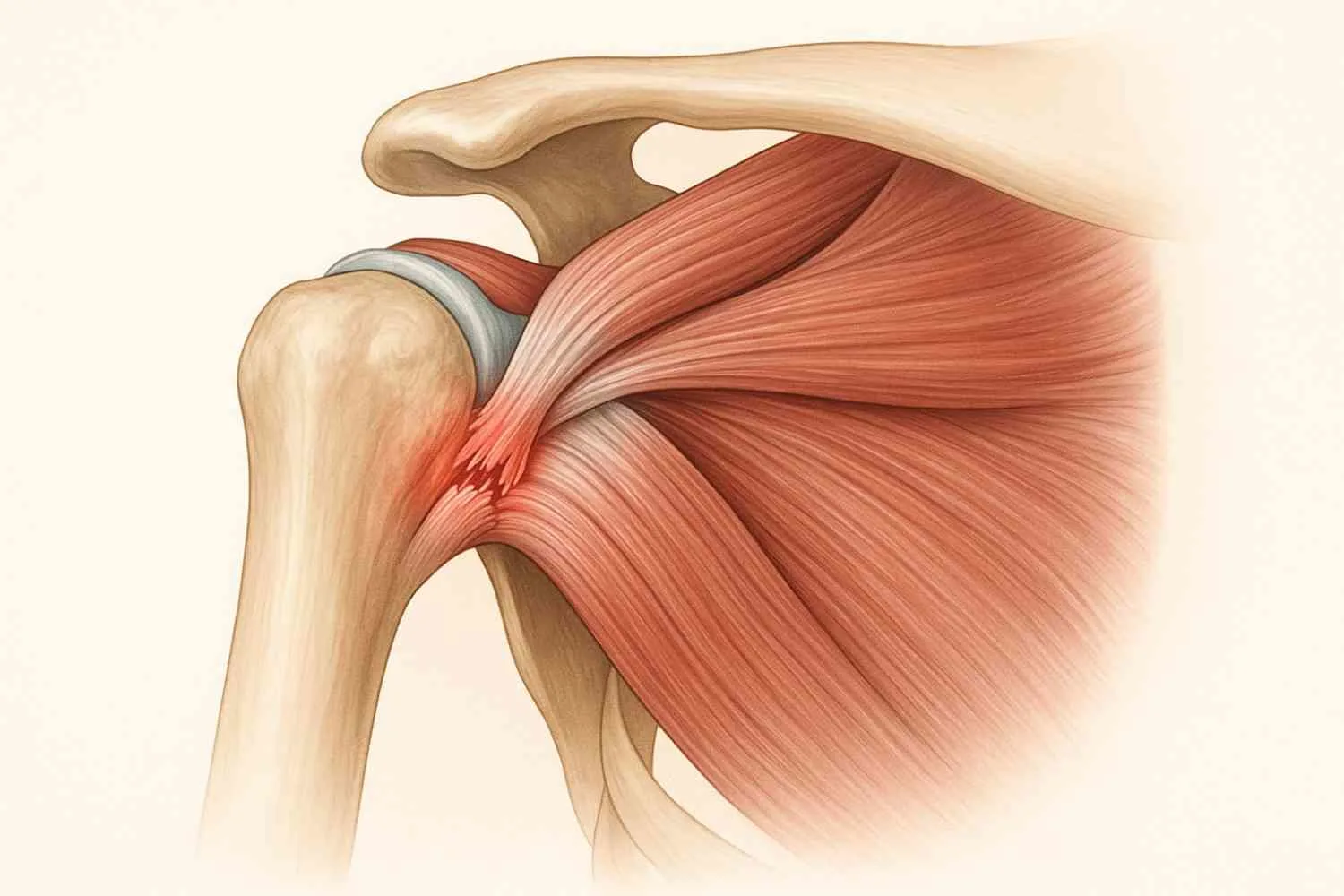
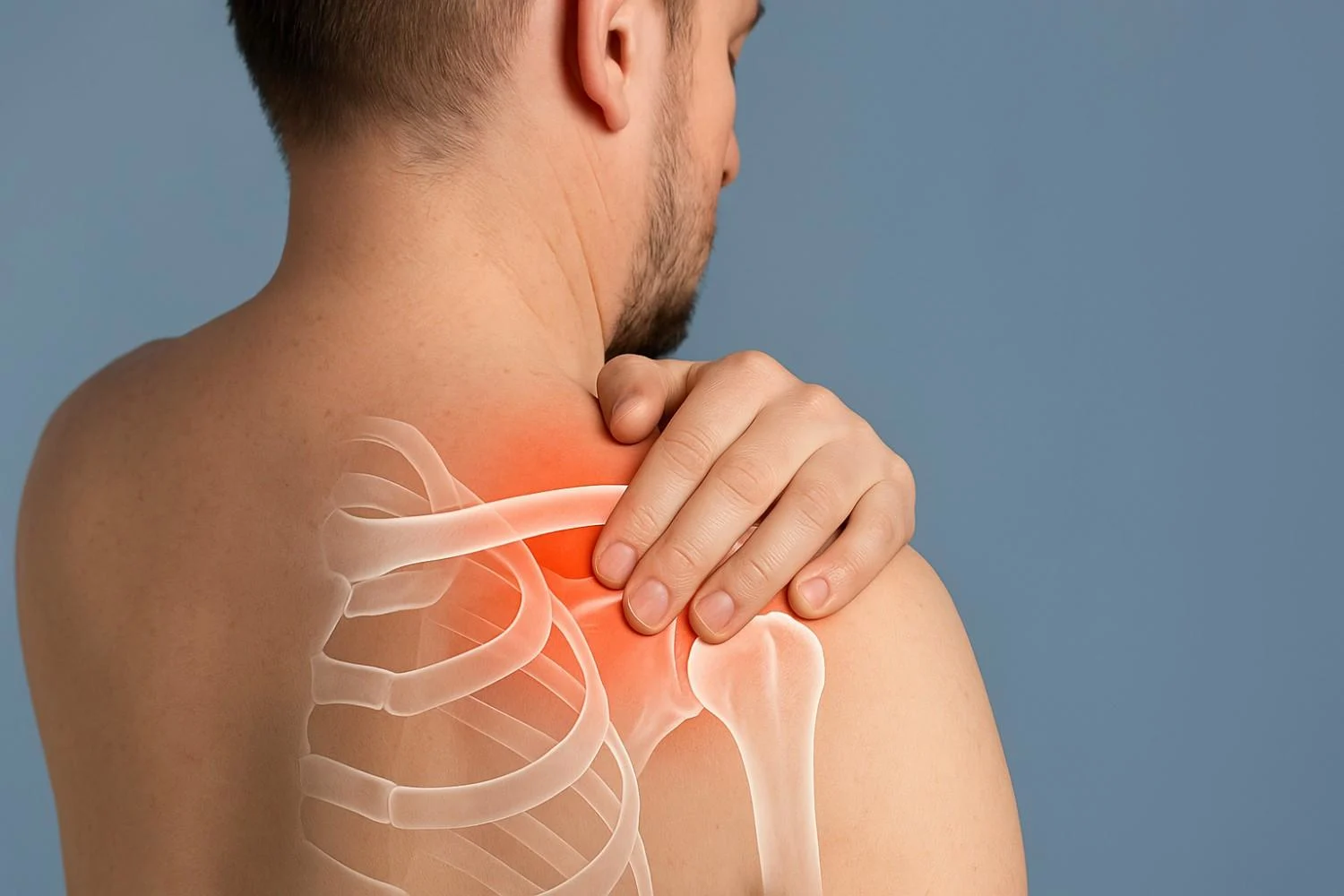




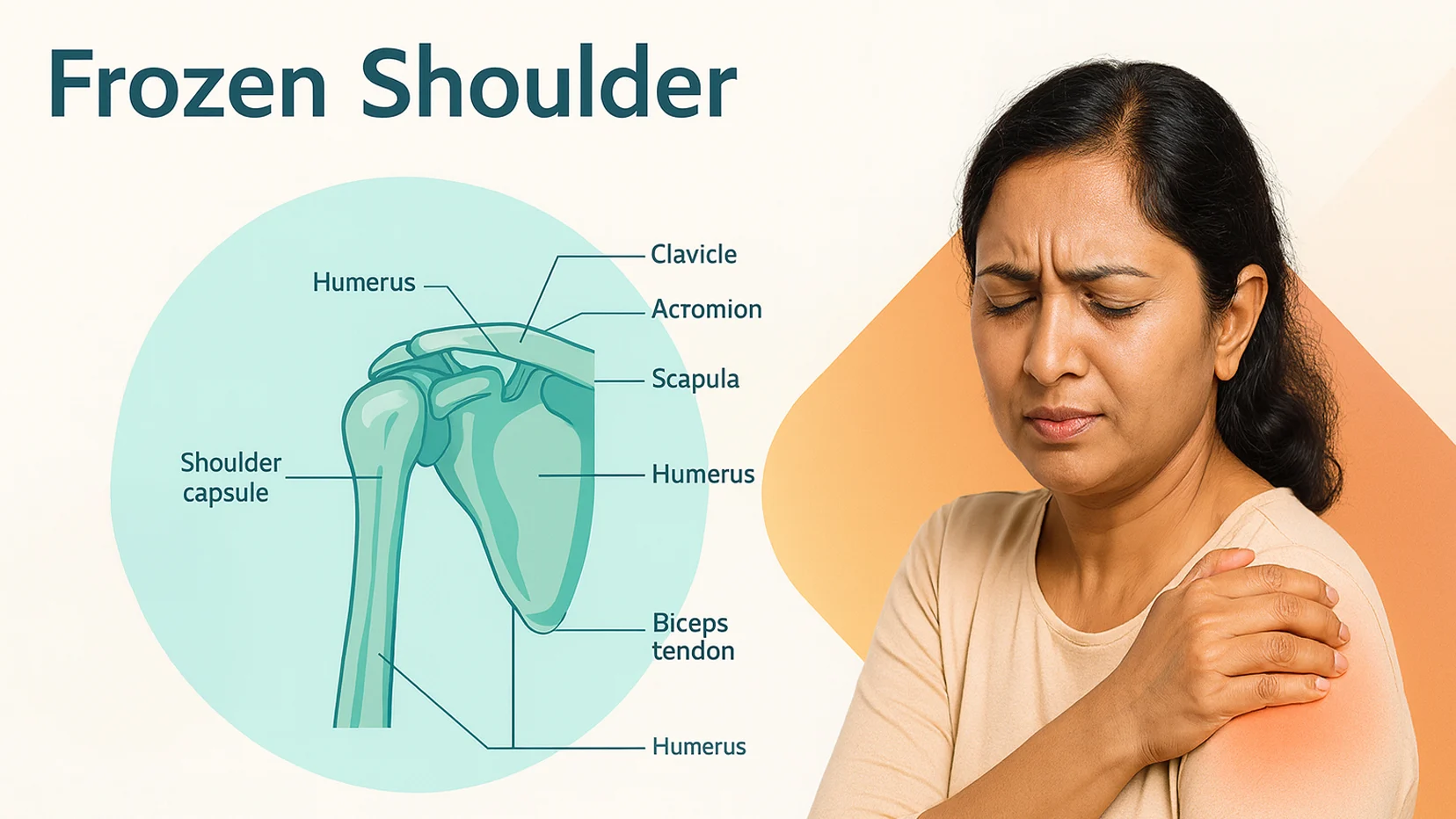

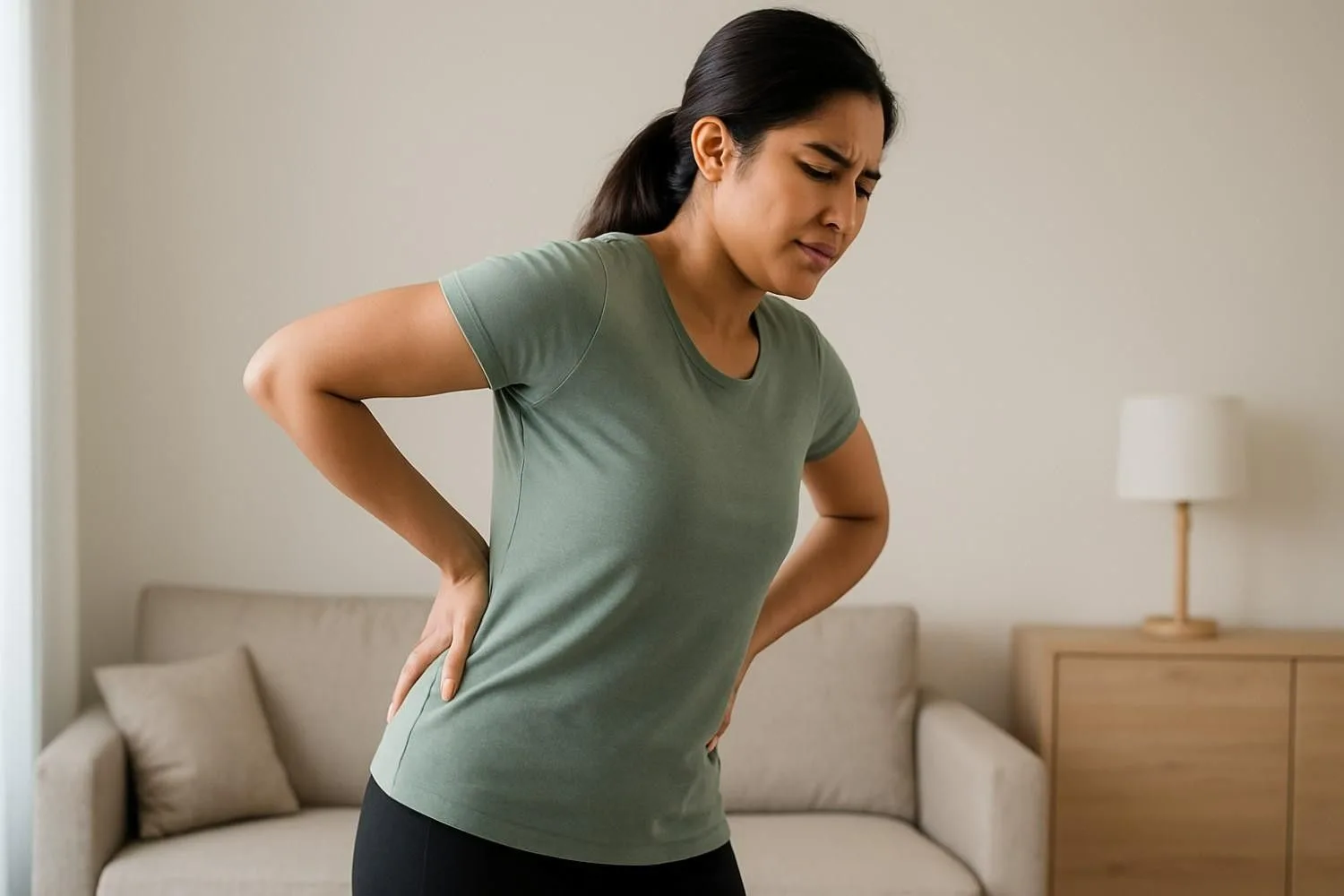
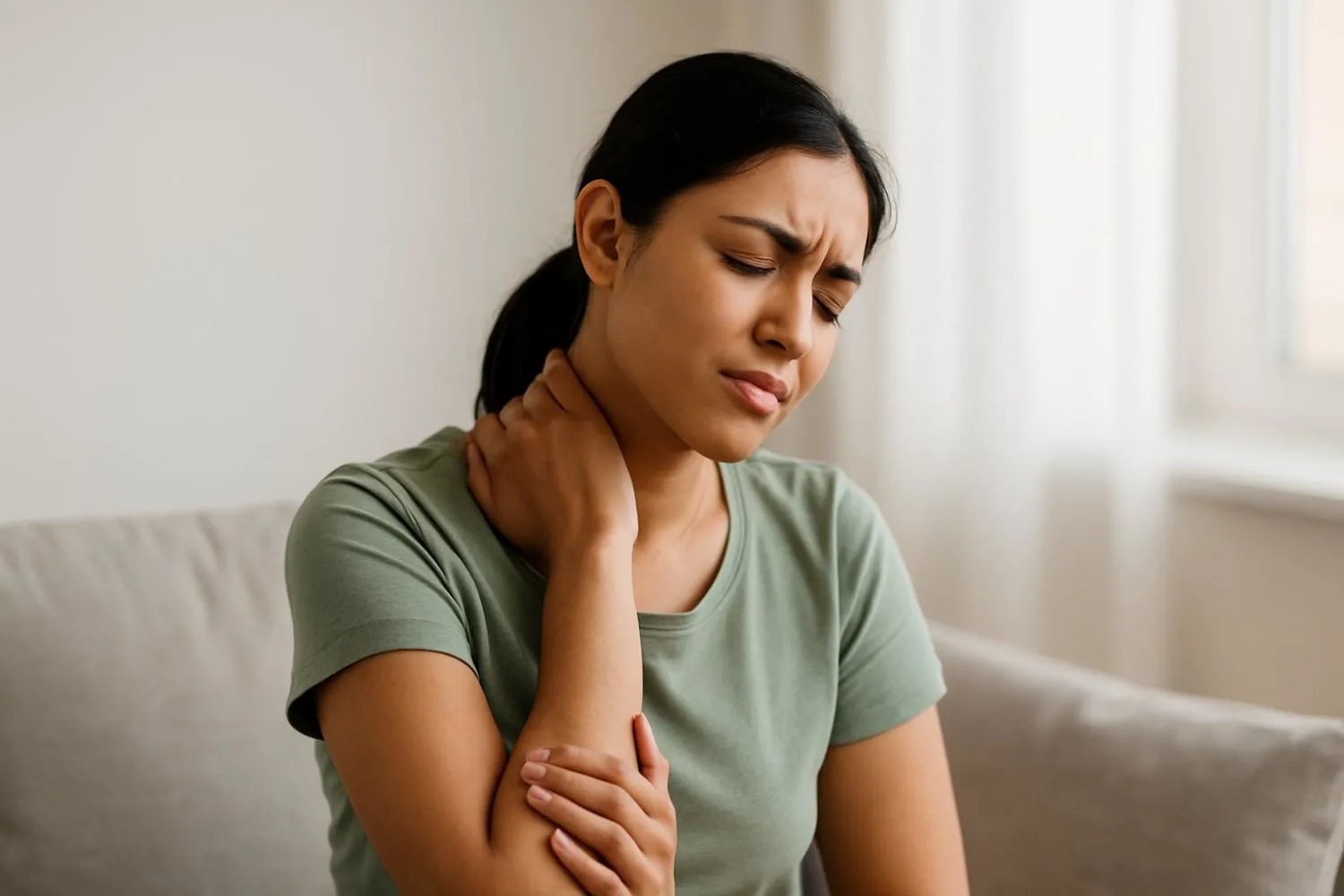
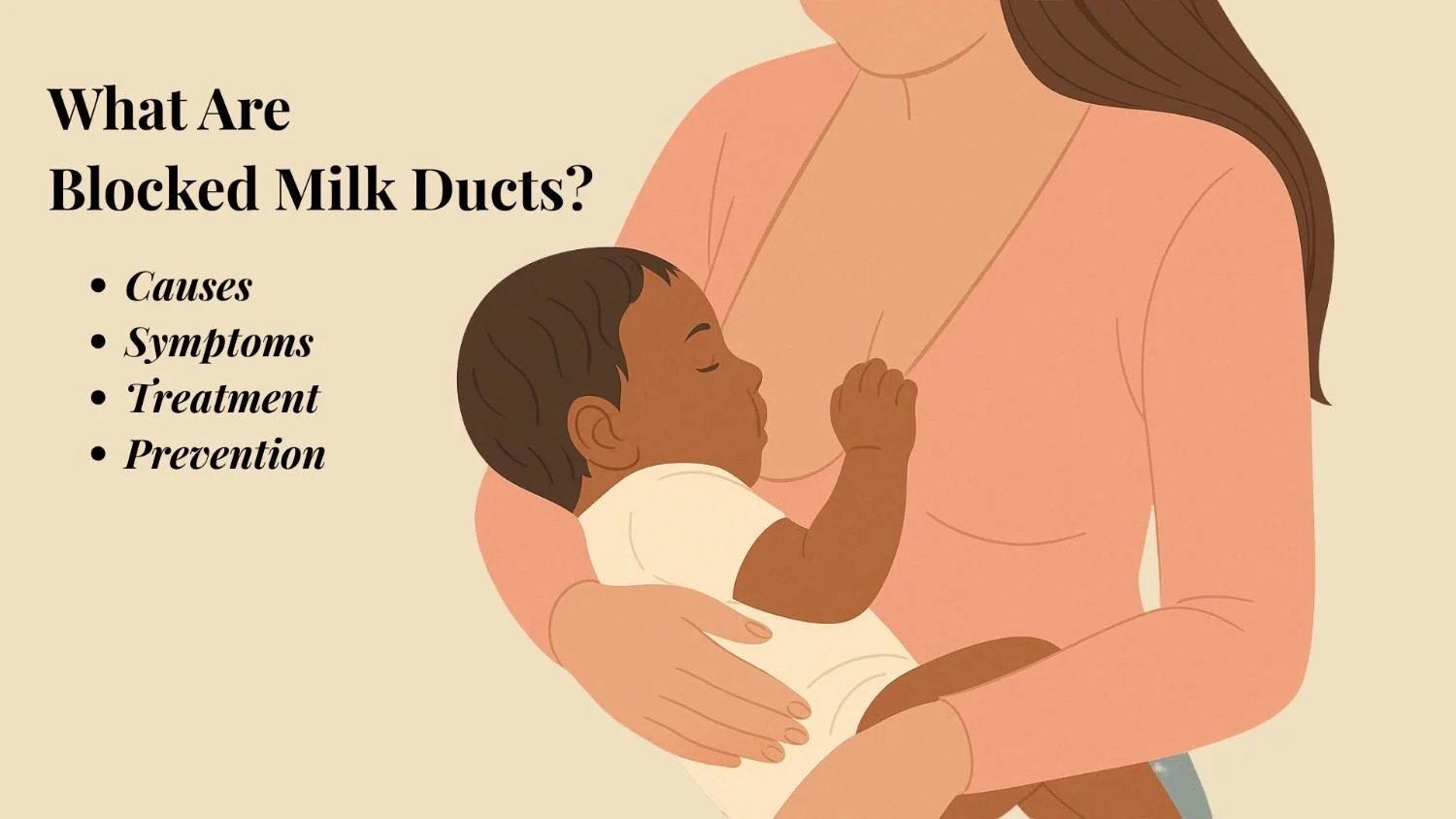
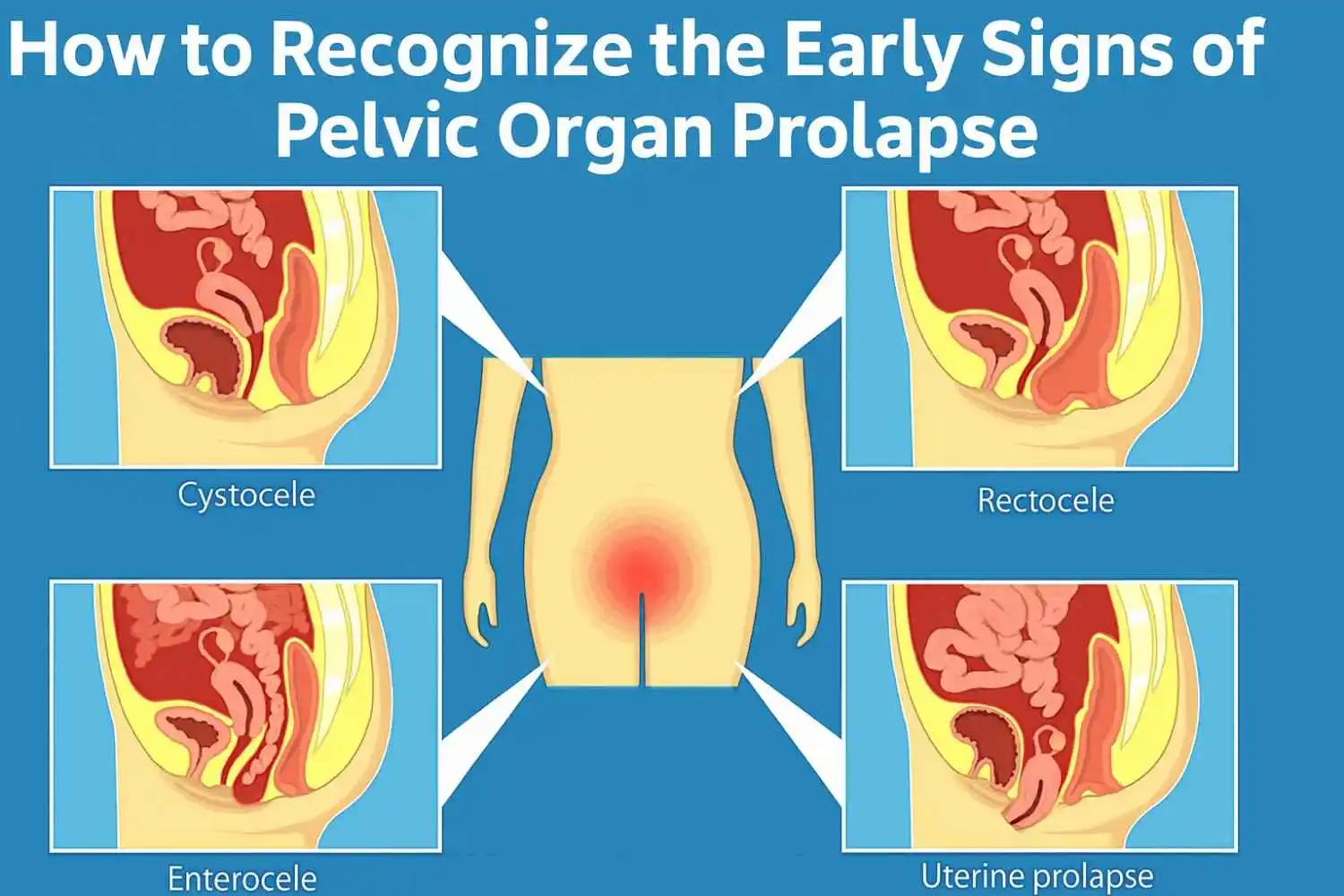
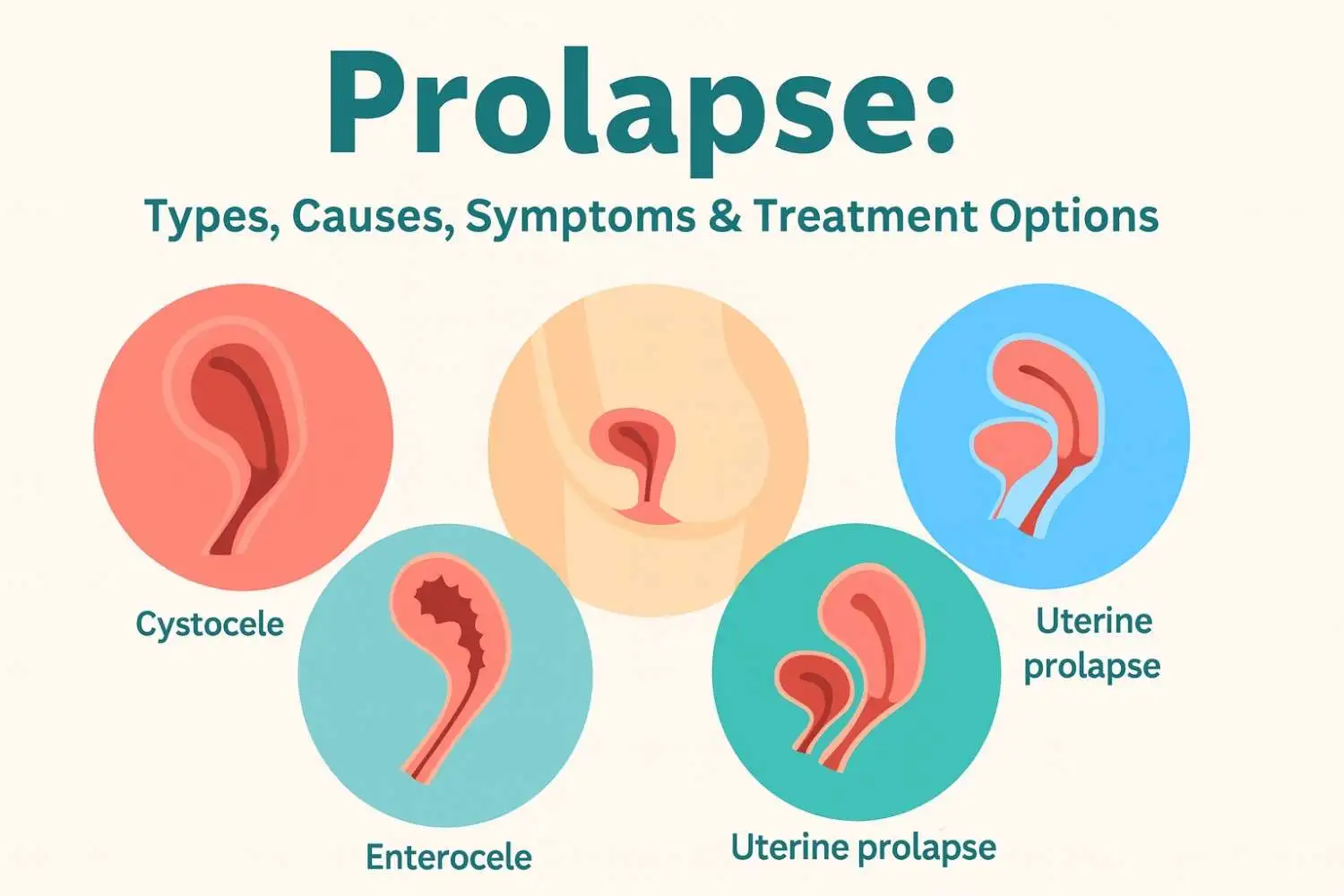









.webp)





.jpg)
































